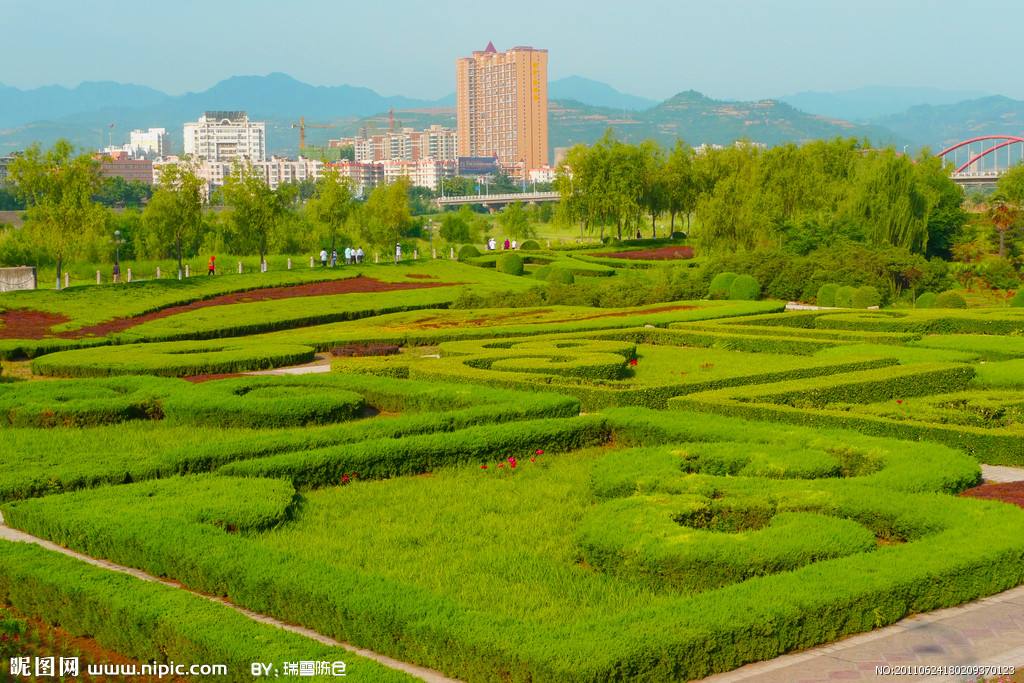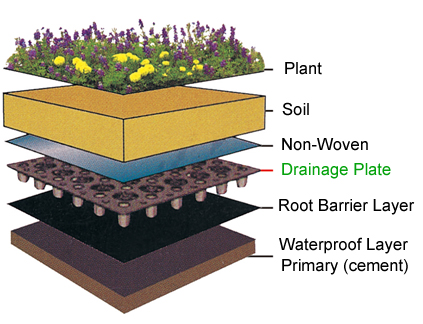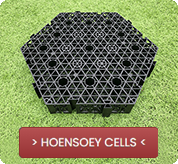Instructions on How to Construct A Green Roof.
There are many designs you can use to construct a green roof to use landscaping (or rather roofscaping) for natural insulation. The layer of water-retentive soil and roots as well as a layer of green growth will insulate from both heat and cold better than most any other type of roofing. Plus the area being planted can be beautiful and productive. A green roof can be simple and self-sustaining or highly complex requiring a lot of care. Whatever kind of living green roof you install, it will help insulate the structure underneath, reduce storm water runoff and air pollutants as well as create beauty and provide more useful growing space. Make sure your build a green roof with care. Here is some information on how to construct a green roof.
1. There is no single right way to grow a green roof. There are different roofs with different needs and varied materials of choice. And as the demand increases, new products keep entering the market. All styles of constructing a green roof involve a number of different layers.
2. Roof structures must be protected. Whether you use an EPDM liner, a metal roofing cover, vinyl sheets or other lining material, the important thing is that moisture is kept above the base roofing and water is drained away efficiently. You can buy whole kits that will contain all the supplies you need, or you can do your research and design your own form of installation. There are companies that are experts in constructing green roofs, too.
3. Drainage will be your next layer as you need to retain enough water for the plants to live, but don’t want water just sitting on your roof. You will also need to create a form to hold your soil on the roof, particularly if there is a slant.
4. A third layer will form a breathable layer between the drainage and soil, or substrate. Often made of lightweight polyester geotextile, like our MP-B23C, this layer will keep soil from clogging the drainage. This will work as a filter.
5.Next will come the soil or substrate. Again, there are new products on the market so you will have choices as to what medium you will use to grow your plants.
6. Finally comes the fun layer of plants. Your choice will depend on your climate and the exposure of the structure. Native plants are usually a good choice as they are adapted to your local temperatures and rainfall. Moss and sod (lawn) are also popular choices, especially on smaller roofs or slanted roofs where regular maintenance will be difficult. Succulents and small cacti would make excellent choices for green roofing, too. Often planting is done in pre-vegetated mats, in specially made blankets or other trays or sheets formulated for the purpose. If you live in a dry climate, irrigation will have to be factored into the design as well.
7. Always make sure your structure is built to handle the added weight of a green roof, or take whatever steps you need to increase the support before constructing one.





